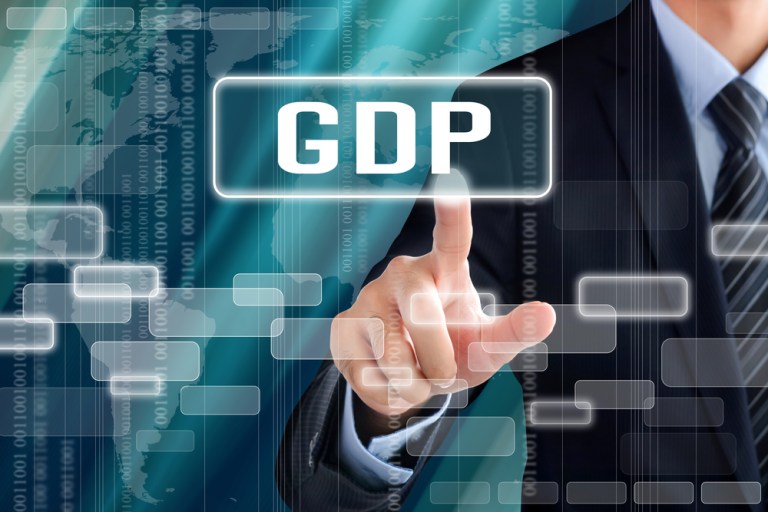
Just when we thought the U.S. economy was firing on all cylinders, it appears there is some sand in the engine.
One day after the Fed left rates unchanged, the numbers show that 2016 thus far may charitably be called somnolent for gross domestic product, as businesses – and the consumers who frequent them – have throttled back on investments and tapped the brakes on overall growth. The annualized rate, according to the Commerce Department, stands at 0.5 percent, with that tally representing the worst performance seen in roughly two years.
Time to worry? Maybe not yet. As The Wall Street Journal noted, there have been occasions in the recent past where first quarter results have been anemic and snapbacks have pushed GDP higher to finish at respectable annualized rates — respectable in this case meaning 2 percent and above. How devoutly some might wish for that right now.
There are some signs that the wishing may be just that, with no payoff in real results. The WSJ reminded readers that the pace has been one of deceleration over the past several quarters, at 2 percent in the third quarter of last year and 1.4 percent in the fourth quarter, which may (or may not) set the stage for continued pressures and pullbacks in GDP.
In troubling stats that may — and should — spark concern among the payments and FinTech companies of the world, personal consumption on goods, which is among the main driver of the economy, expanded at a 0.1 percent, the smallest increase in five years. True, services spending was up a far better 2.7 percent, but that category includes must-haves such as utilities and health care spending.
The flashing lights tell us that people may be hesitating to open their wallets with the same fervor as before – even though some companies, such as Visa, have seen decent U.S. consumer spending. When data points diverge, it pays to pay attention.
At the same time that consumer (goods) spending eked out a small gain, the hallmark of business spending, non-residential fixed investment, slipped 5.9 percent — a number not seen since the end of the Great Recession, with key measures of structure and equipment down. The implication here is the people who think long-term are hesitant to commit capital to the biggest cash and credit outlays, assuming that the “build it and they will come” model does not justify the spending, at least for now.
The read across for the Store Front Business Index is one where businesses may be hesitant to open new locations or hire new staff, two separate trends that we monitor, and which of course lead to overall Index readings that could be sluggish, or even worse, negative, should tentativeness continue. For payments firms, there’s no transaction growth (and no revenue) to be had if consumers don’t spend. We’re not there yet, but be alert.